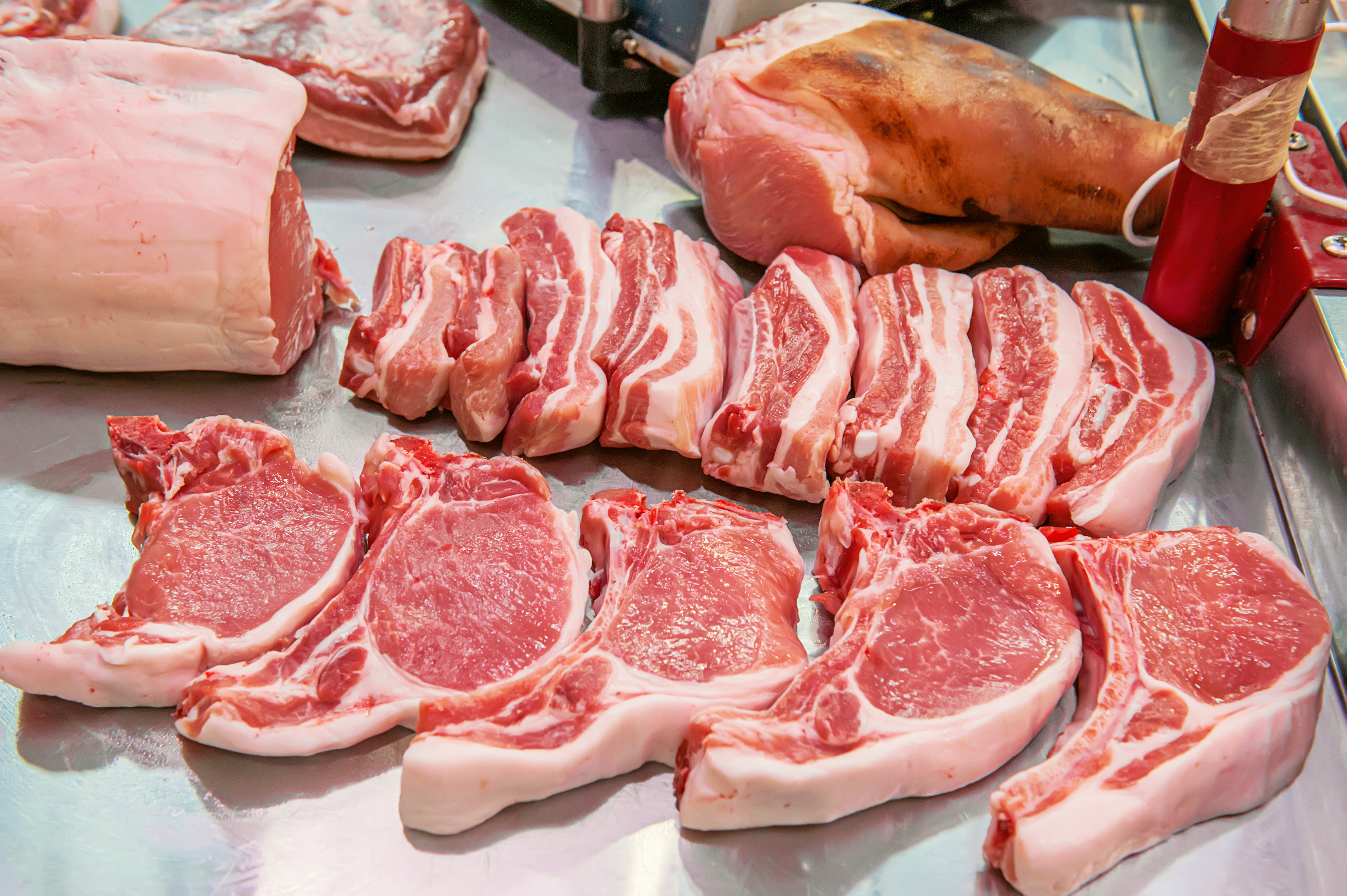Washington state county fair season has arrived. A handful of county fairs were hosted earlier in July but most of our state’s fairs are held in August and September. They are a prime opportunity for people interested in buying local to meet the people who raised their livestock in person and find an animal or two to fill their freezer.
Many of our state’s county fairs host livestock exhibits giving youth exhibitors an opportunity to sell their livestock during a live auction. Money from the sale of livestock is often saved in college funds, spent on first-car purchases, or funneled into the following years’ project – teaching youth real world money management. Meanwhile, people who buy from those exhibitors have the chance to find locally sourced meat and have it butchered to their preference.
If this year seems like a good time to buy from the county fair, here are a few things to consider before, during, and after heading down the midway.
Before the sale
Planning ahead can make all the difference when determining how and how many animals to buy. When you buy animals for butchery on the hoof, it is worth considering rounding up a few friends to share the meat and the expense. Most “bulk” purchases of meat are in “quarters, halves, and wholes” with families considering how much meat total they will eat in a year.
There is no definitive answer to “how much meat is a quarter, half, or whole” of any animal. The answer is based entirely on the total “live” weight of the animal you buy and then an average “carcass yield” can be determined from the live weight. The carcass yield refers to the amount of meat left after an animal has been butchered.
It is important to keep in mind the live weight of an animal is what you are paying for at a livestock auction. However, what you are putting in the freezer is the carcass yield or “cut and wrapped” weight of the animal you bought and, depending on the species of animal, those yields can vary significantly. When buying a market steer, for example, you are paying for a 1,200-pound animal but, by the time that steer has been processed, there will be about 480 pounds of meat for consumption. To put that in perspective, the average American adult eats about 67 pounds of beef annually, or just over a pound a week.
In this example, a quarter would be about 120 pounds of meat, and a half would be about 240 pounds of meat. At 67 pounds of beef per adult, a half a beef would feed about three adults for a year.
Other things to consider ahead of time include having ample freezer space, ensuring a local butcher can harvest the animal after the sale, and knowing what cuts of meat will work best for your family. The general rule is 1.5-2 cubic feet of freezer space per 25 pounds of frozen meat. So, to keep a quarter or half beef frozen, a small bench freezer will likely do the trick. A full cow would need a larger freezer space. The Washington State Department of Agriculture has a list of butchers on its website to help you find one local to get an animal processed but, be aware, they may be booked up and may require you to arrange for transportation of the animal to them. Before you call the butcher, think about the kind of cuts of meat your family eats most often. Steaks, ground meats, and roasts are all common cuts of beef, but brisket, tri-tip, short ribs, and culotte cuts are all becoming more popular, too. If you’re not sure what cuts would be best, ask your butcher and rely on their expertise to guide your decisions.
Sale day
Depending on how a fair auction is operated, the sale order may be posted in advance of the sale day. Posted early or not, arriving early on sale day gives you an opportunity to register for your bidder number with the auction company, pick up a list of the animals for sale, and walk through the livestock barns to “go shopping.” Find an animal that looks good to you. If you see exhibitors around, ask questions, challenge them to “sell” their animal to you. Note the number of the animal and the name of the exhibitor on your list from the auctioneering firm so you are prepared when it comes time to bid.
Because of the nature of auctions, know what you’re willing to spend before the bidding starts. Set your per pound limit for an animal and have several in mind to find one that falls within your budget. It may take time, but the perfect pairing of price and animal can be found, if you’re willing to be patient and wait for it.
Finally, don’t be surprised if you get a tap on your shoulder, a handshake, and a gift from a young person after you’ve bought their animal. For many exhibitors, the tradition of “buyers’ gifts” is time-honored and enduring. The thanks can be anything from a handshake and a thank you note to a homemade dessert or a gift bag filled with goodies. No matter what the “thank you” is, the intent is the same – an acknowledgement of the buyer’s investment in an exhibitor’s future.
Take-home day
The final step in buying an animal from a county fair is getting the meat put in the freezer. Each butcher will have a different cost, schedule, and way of doing business, but all of them will let you know when it is time to get your meat picked up. Your meat will be frozen and ready to go from the butcher’s freezer to yours.
Buying a live animal from the county fair to be butchered for your freezer can be a good way to access locally raised meat for the year. In addition to eating local meat, you are supporting a young person as they save money for college, the first car of their dreams, or something else. Planning ahead by alerting a local butcher, “shopping” for an animal at the fair, setting aside enough money to buy meat for a year all at once, and thinking about where you intend to store all that meat makes the process much less stressful than making a last-minute decision. And, if this is your year to “buy in bulk” at the county fair, there is probably a “thank you” gift just waiting to be hand delivered by a livestock exhibitor grateful you’ve supported their project for the year.





